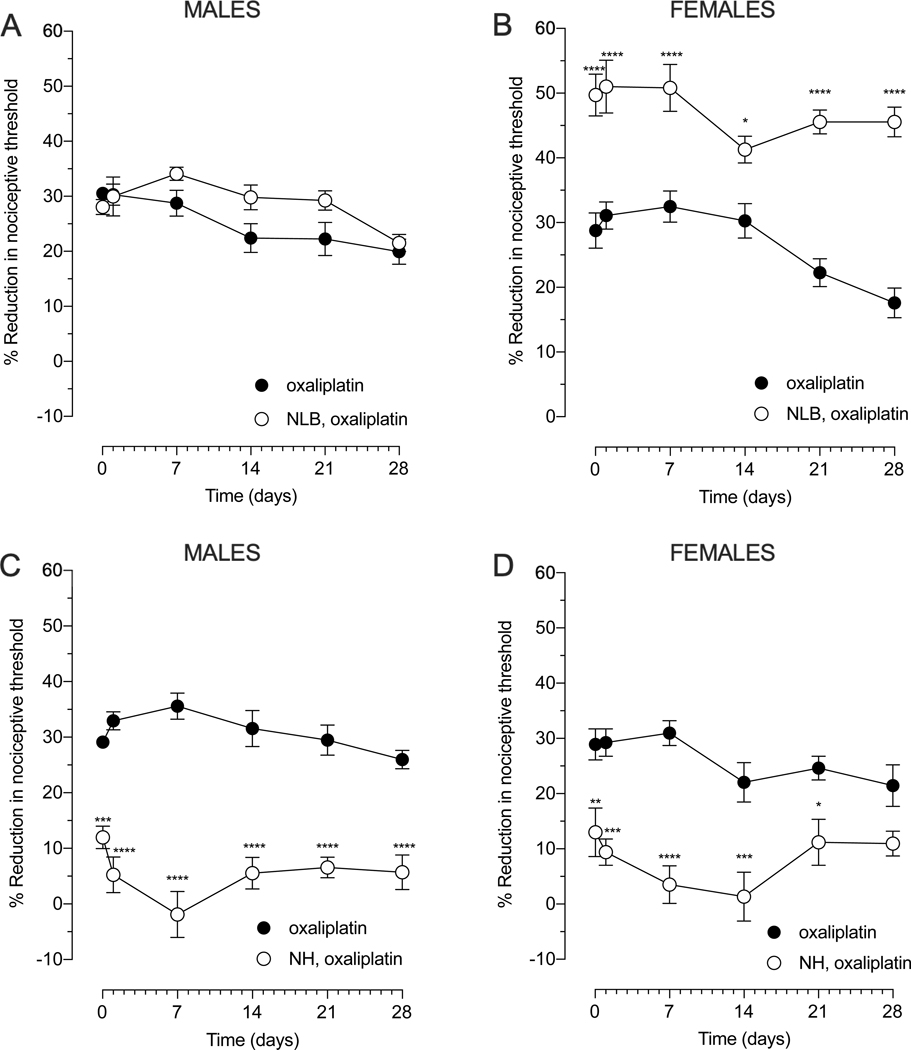Figure 6. Effect of neonatal limited bedding (NLB) and neonatal handling (NH) on oxaliplatin-induced hyperalgesia.
Rats were exposed neonatally to either NLB (stress, upper panels, A and B) or NH (resilience, lower panels, C and D) protocols and, approximately 8 weeks later oxaliplatin (2 mg/kg, i.v.) (day 0) was administered. Mechanical nociceptive threshold was evaluated before and again 30 min and 1, 7, 14, 21 and 28 days after oxaliplatin. (A) The magnitude of oxaliplatin-induced hyperalgesia in NLB male rats did not differ when it was compared with control adult rats that received oxaliplatin. Data shown as mean ± SEM, Treatment F (1,60) = 5.97, Time F (5,60) = 6.306, Interaction F (5,60) =1.747, using 2-way repeated measures ANOVA followed by Bonferroni post hoc test (n=6 paws per group). (B) The magnitude of oxaliplatin-induced hyperalgesia was significantly enhanced in female rats submitted to the NLB protocol, when compared with control adult rats that received oxaliplatin. Data shown as mean ± SEM, Treatment F (1,60) = 167.6, Time F (5,60) = 4.55, Interaction F (5,60) = 2.159, ****P<0,0001, *P<0,05: NLB, oxaliplatin vs oxaliplatin, using two-way repeated measures ANOVA followed by Bonferroni post hoc test (n=6 paws per group). (C) Male rats submitted to the NH protocol showed significant attenuation in oxaliplatin-induced hyperalgesia when compared with control adult rats that received oxaliplatin. Data shown as mean ± SEM, Treatment (1,60) = 279.7, Time F (5,60) = 0.8117, Interaction F (5,60) = 3.681, ****P<0,0001, ***P<0,001: NH, oxaliplatin vs oxaliplatin, using 2-way repeated measures ANOVA followed by Bonferroni post hoc test (n=6 paws per group). (D) Female rats submitted to the NH protocol showed a marked attenuation in oxaliplatin-induced hyperalgesia when compared with control adult rats that received oxaliplatin. Data shown as mean ± SEM, Treatment (1,60) = 89.65, Time F (5,60) = 1.862, Interaction F (5,60) = 1.68, ****P<0,0001, ***P<0,001, **P<0,01, *P<0,05 : NH, oxaliplatin vs oxaliplatin, using 2-way repeated measures ANOVA followed by Bonferroni post hoc test (n=6 paws per group).

